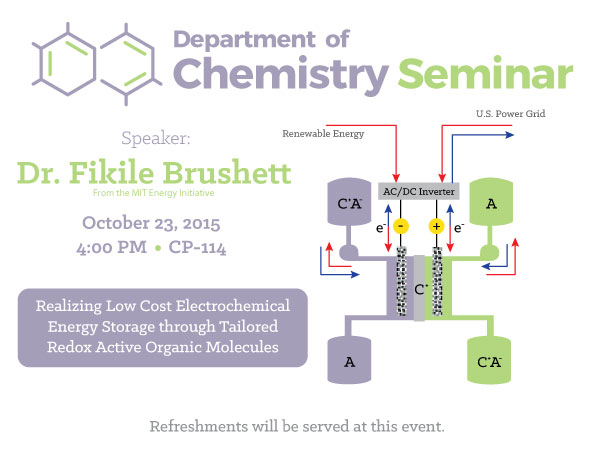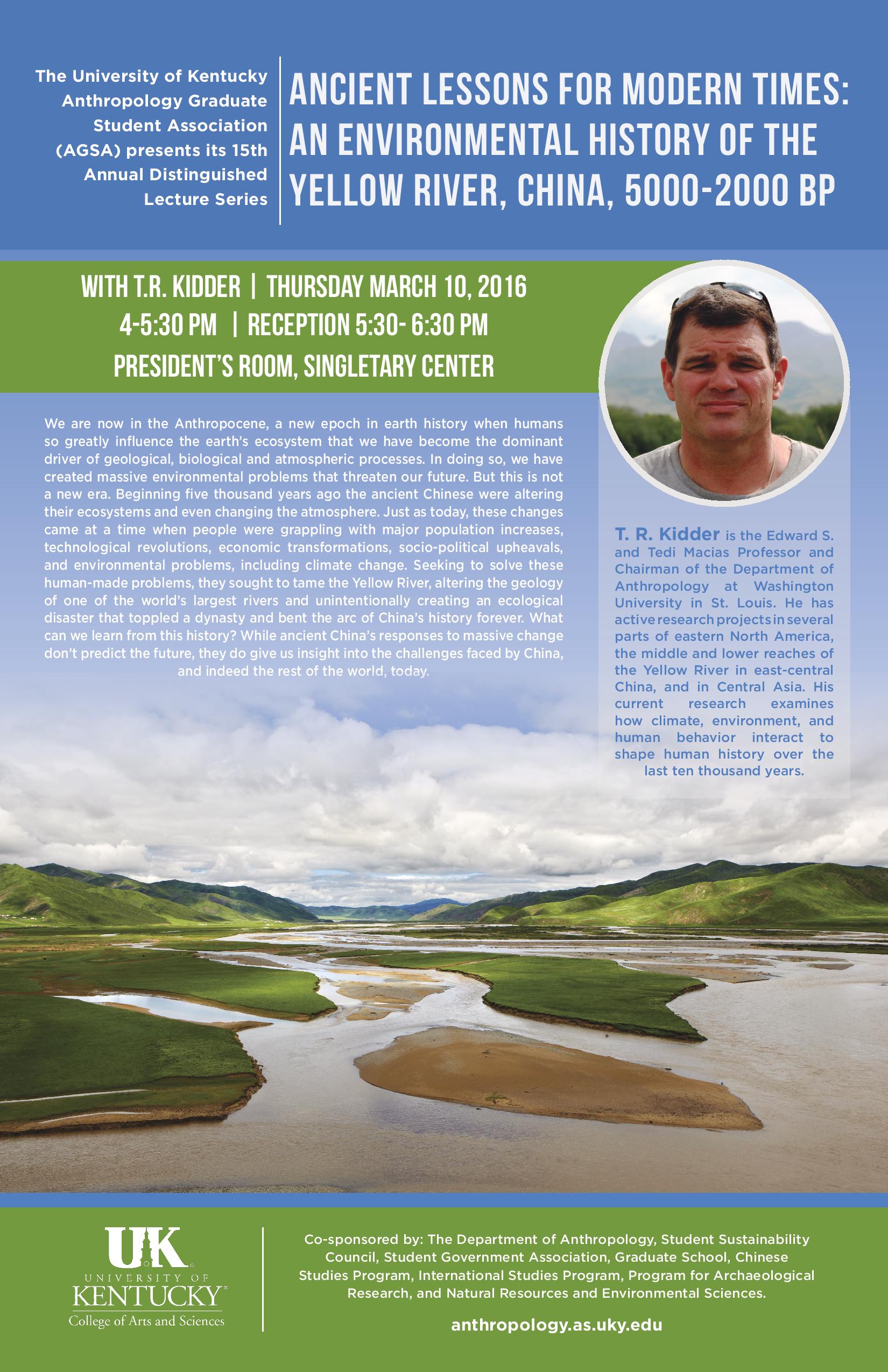Recently there has been a lot of excitement generated by the possibility of realizing and detecting Majorana fermions within the arena of condensed matter physics and its potential implication for topological quantum computing. Although already at the end of the twentieth century emergent Majorana end-states were shown to exist in a theoretical model of a spinless p-wave superconductor (Kitaev) chain, it was only a decade later that proposals to experimentally realize such a model emerged. These were motivated by the discovery of topological insulators that ushered a new era of so-called symmetry-protected topological phases but also stemmed from existent studies of hybrid superconductor-ferromagnet systems that form the basis of another highly active area of superconducting spintronics. At the heart of these proposals are ways to judiciously use spin-orbit coupling in artificially designed hybrid settings containing conventional s-wave superconductors to effectively create topological superconductors. Making sense of the corresponding experiments requires employing and developing complementary theoretical frameworks to fundamentally comprehend the out-of-equilibrium transport behavior in these systems. I will outline the steps we have taken in that direction and the questions that remain to be answered. Refs: K. Sun, N. Shah, Phys. Rev. B 91, 144508 (2015); D. Roy, C. J. Bolech, N. Shah, Phys. Rev. B 86, 094503 (2012); D. Roy, C. J. Bolech, N. Shah, arXiv: 1303. 7036.
Refreshments will be served in CP179 at 3:15



